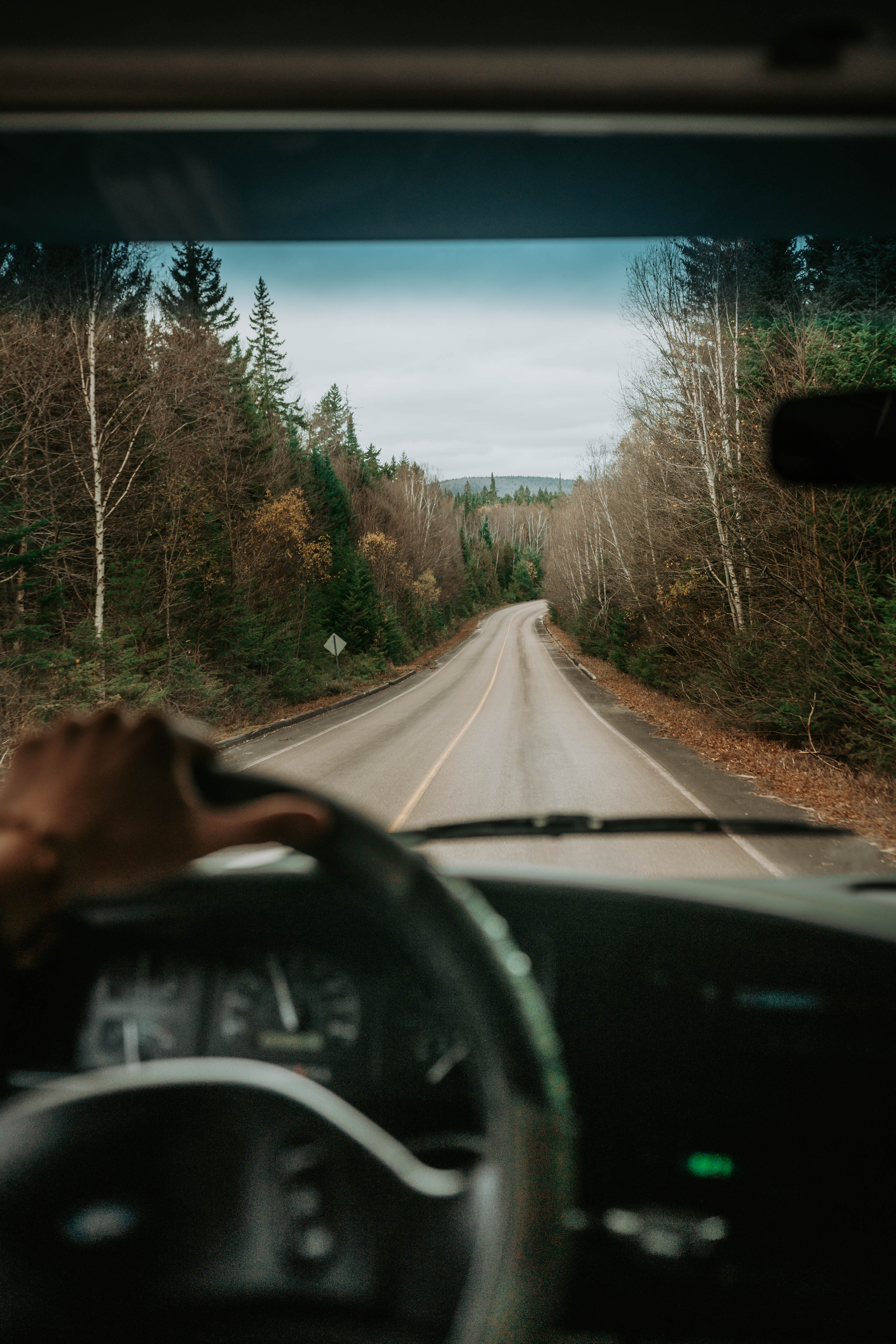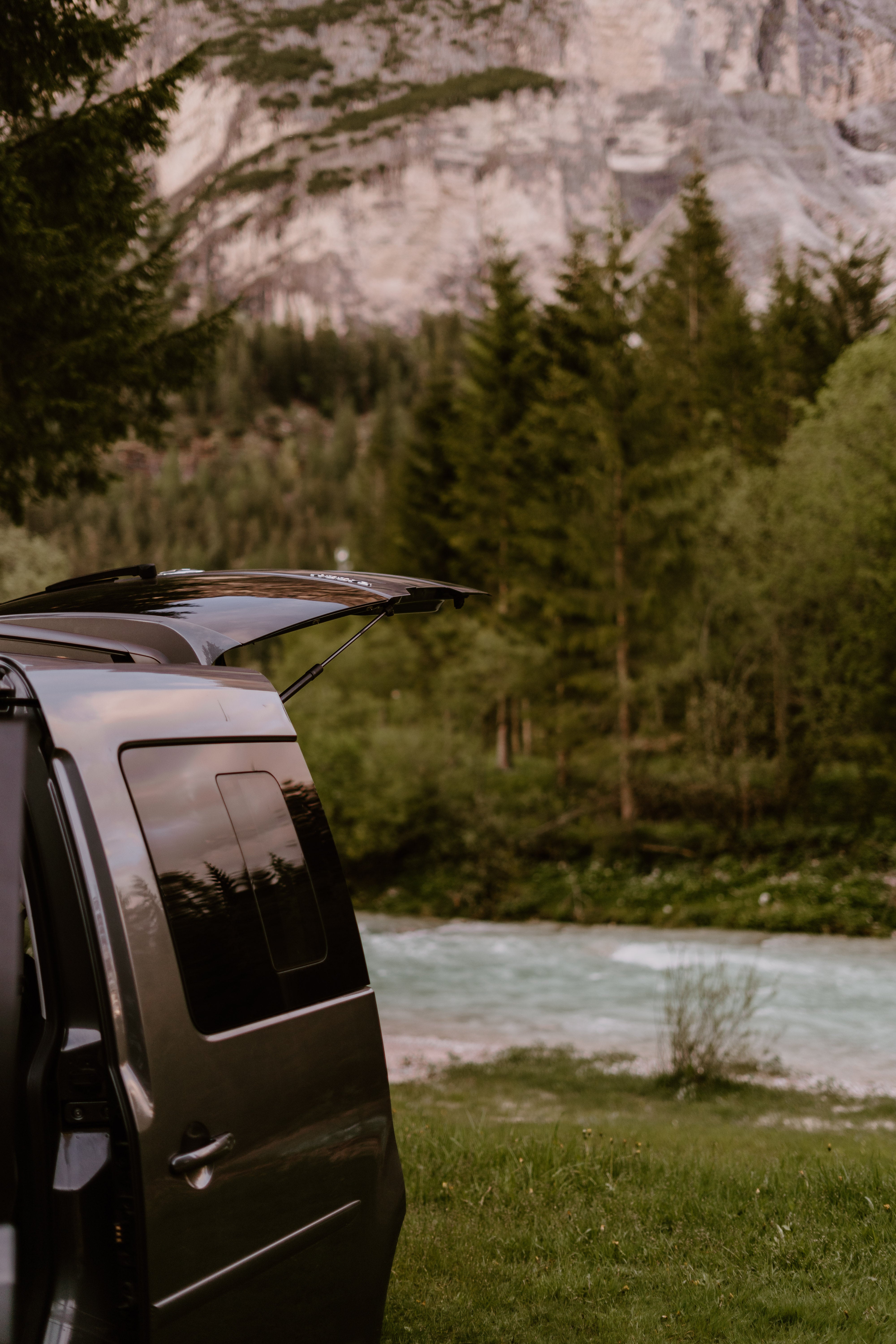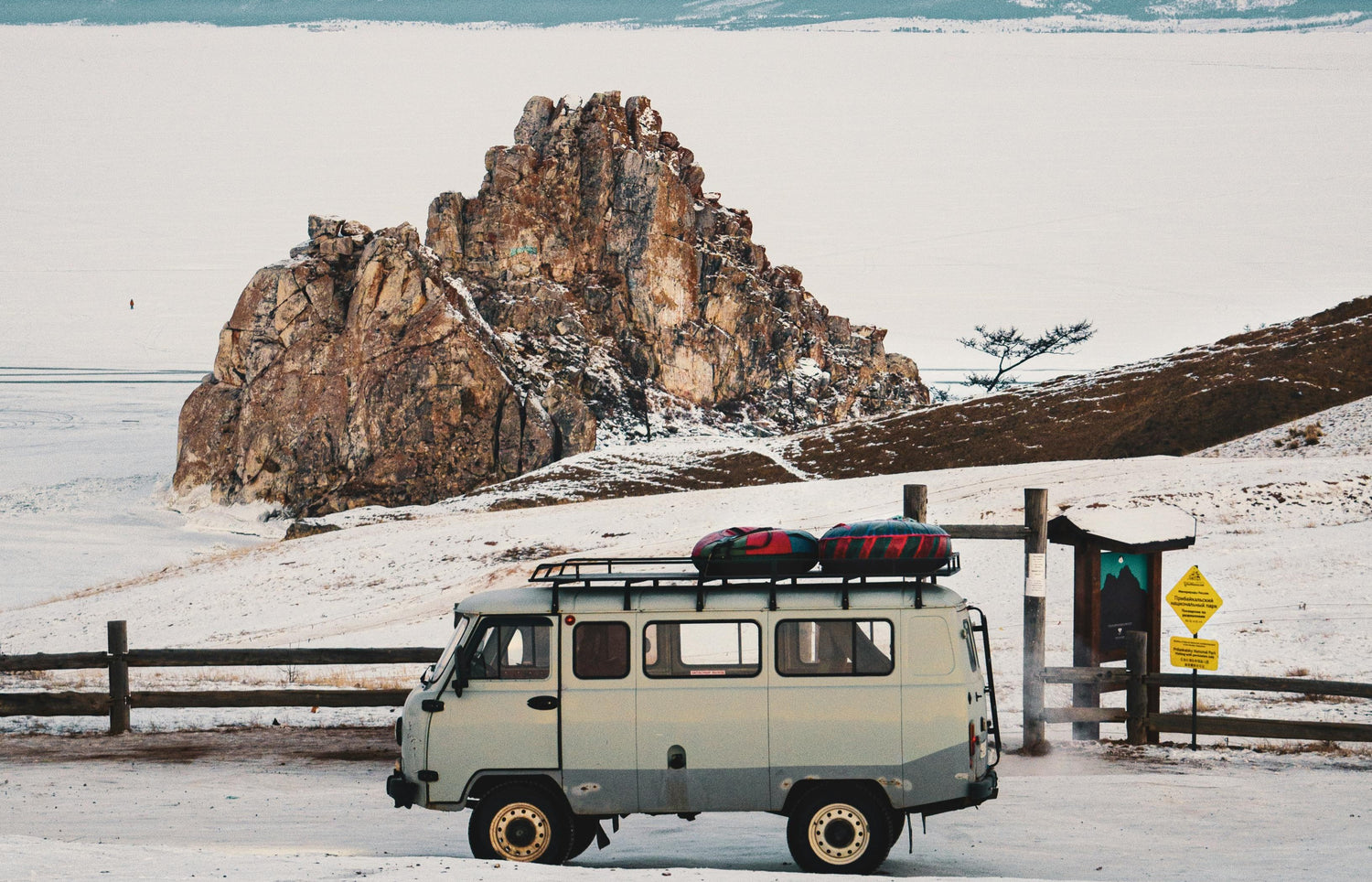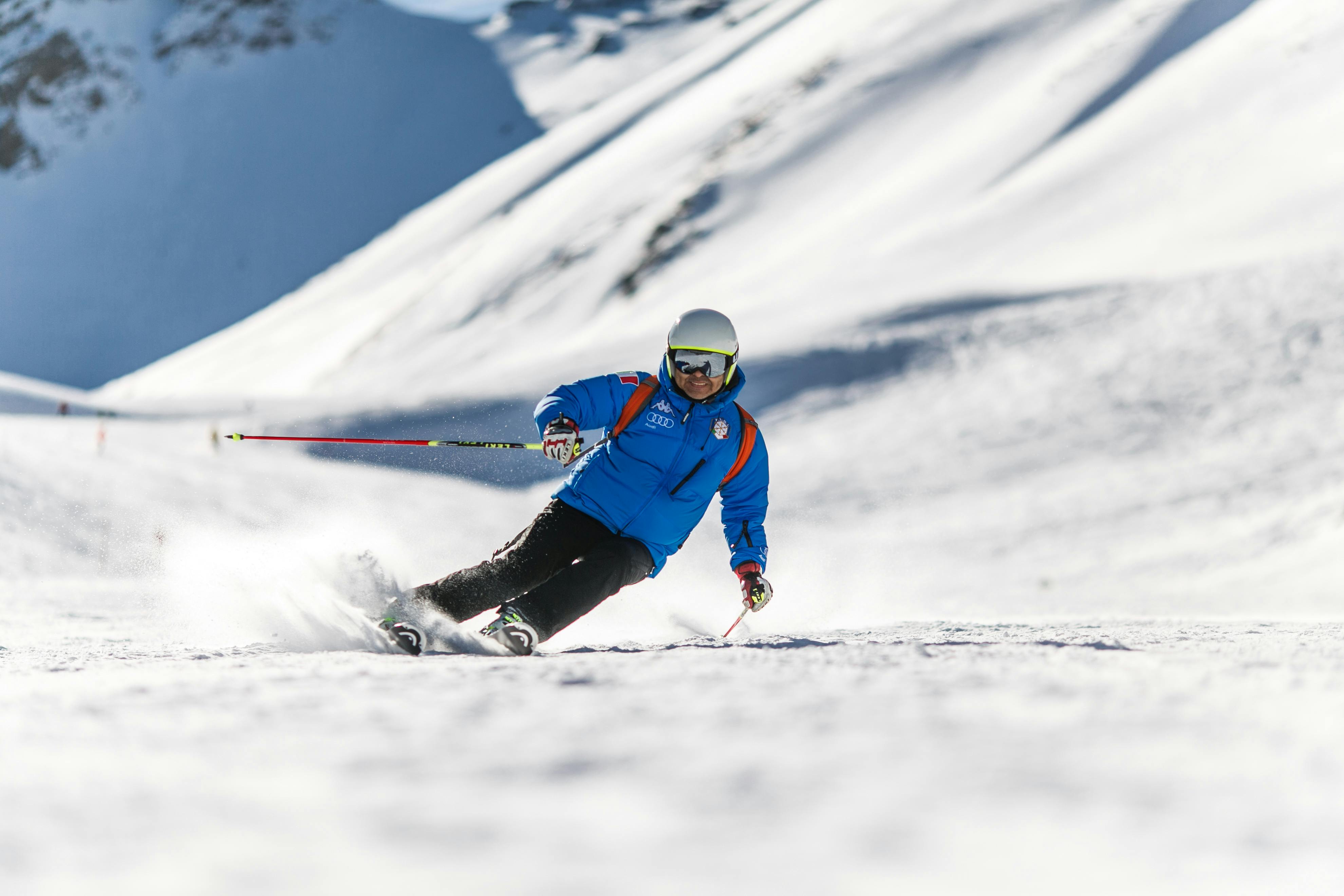Winter is often synonymous with cozy nights by the fireplace, but for RV enthusiasts, it’s the perfect opportunity to experience nature in a whole new light. Imagine waking up to snow-covered landscapes, hiking through pristine winter forests, or enjoying a hot cup of cocoa inside your RV while the cold air bites outside. Winter RV camping offers a unique and serene experience, but it also requires more preparation than summer camping.
Before you embark on your winter road trip, it’s crucial to ensure your RV is well-equipped to handle the cold. Without proper planning, the frigid temperatures can cause major issues—from frozen pipes to engine failure. In this guide, we’ll explore the top 11 tips for winter RV living, offering essential advice to help you prepare and enjoy your cold-weather adventure.
1. Winterize Your RV
Just like you bundle up in warm layers before heading outside, your RV needs some winter gear to survive in cold temperatures. Winterizing your RV involves ensuring that key systems, such as the water and sewage, are prepared to withstand freezing conditions. Neglecting this can lead to burst pipes, frozen water tanks, and malfunctioning systems.
-
Add Antifreeze to Holding Tanks: Pour RV antifreeze into your grey and black water tanks to prevent them from freezing. Ensure that all pipes leading to these tanks are insulated as well.
-
Insulate Pipes: Foam insulation or heat tape around pipes, especially those under the RV, helps protect them from freezing. You can also use an RV skirt to cover the underside of your vehicle, keeping warmth inside and cold air out.
2. Invest in Space Heaters and Heating Pads
A portable space heater is a must for keeping the interior of your RV warm and comfortable. Use it to heat the cabin and compartments holding your water tanks. For additional heat, consider using heating pads placed on top of your holding tanks. However, always monitor heaters to avoid any fire hazards, and never leave them running when you’re asleep.
3. Store Hoses in a Heated Compartment
Hoses can easily freeze in cold temperatures, rendering your fresh water system useless. Keep your hoses in a heated compartment when not in use, or wrap them in heat tape for insulation. Always ensure the valves are closed after use to prevent waste from freezing in the pipes.
4. Protect Your RV’s Windows
Windows are one of the main points where heat escapes and cold air enters. To mitigate this, apply plastic film to the windows to prevent them from freezing and reduce drafts. Additionally, invest in insulated RV window coverings to keep your interior warm.
5. Add Antifreeze to Vehicle Fluids
It’s not just water that’s susceptible to freezing—your RV’s engine fluids can freeze too. Make sure to add antifreeze to both your windshield wiper fluid and diesel fuel. Frozen fluids can cause significant mechanical issues, so it’s important to keep your RV in top shape before hitting the road.
6. Clear Snow and Ice Regularly
Snow and ice will accumulate on your RV, so it’s essential to regularly clear off the roof, windshield, tires, and any slide-out awnings. Ice can cause damage or block essential areas, while snow buildup can put extra weight on the roof and strain your vehicle’s structure.
7. Use Tire Chains for Safety
When driving through icy or snowy conditions, tire chains offer added traction and safety. While tire chains are often required in certain mountainous areas, it’s wise to keep them on hand no matter where you’re traveling. They can be a life-saver in hazardous driving conditions.
8. Equip Your RV with an Engine Block Heater
Starting your RV in sub-zero temperatures can be challenging. An engine block heater will help warm up your engine before starting, making it easier to get your RV running in extreme cold. Plug the heater in for a few hours before you plan to drive.
9. Stock Up on Emergency Gear
Winter travel can be unpredictable, and it’s always best to be prepared for the worst. Make sure your RV is equipped with the following emergency gear:
- First aid kit
- Flashlight and extra batteries
- Portable jump starter
- Snow shovel
- Warm clothing and thermal blankets
- Water and non-perishable food
- Radio for weather updates
- Firestarter kit
In case you get stranded or lost in a remote area, this survival kit can make all the difference.
10. Research Weather and Campground Conditions
Before setting out, check the weather forecast and research the area where you’ll be camping. Some remote areas may lack cell service or have difficult-to-navigate roads in winter, making it crucial to plan your route and destination accordingly. Make sure to check for any campground-specific guidelines or closures due to snow or winter conditions.
11. Avoid Hillsides and Shaded Areas
When selecting a campsite, avoid areas prone to avalanches or locations with little sunlight exposure. While the sun might not provide significant warmth, it can help prevent ice from forming on your RV and delay the freezing of your water supply. Choose a location that gets plenty of sunlight throughout the day to reduce these risks.
Conclusion: Embrace the Cold with Proper Preparation
Winter RV travel offers a unique way to experience nature, with serene snow-covered landscapes, quiet campsites, and the warmth of your RV to keep you cozy during the coldest nights. However, a successful winter camping trip starts with thorough preparation. By following these 11 essential tips—such as winterizing your RV, investing in heating solutions, and carrying emergency gear—you can ensure your cold-weather adventure is safe, comfortable, and enjoyable.
So, pack up your winter gear, check your RV’s systems, and get ready to hit the road for a memorable winter RV experience.
References:
- 11 Tips on Winter RV Living from Nationwide.com
- RV Winterization Guide, RVTravel.com
- “Preparing Your RV for Winter”, CamperLife Magazine







Leave a comment
This site is protected by hCaptcha and the hCaptcha Privacy Policy and Terms of Service apply.